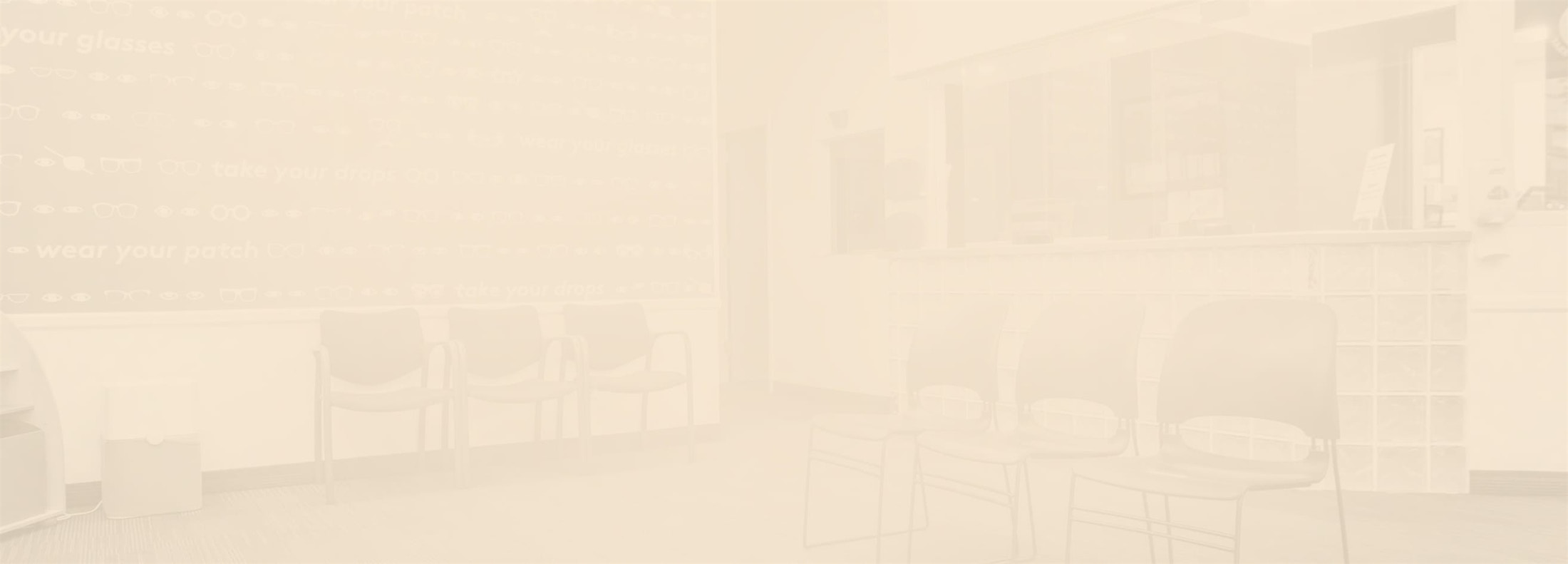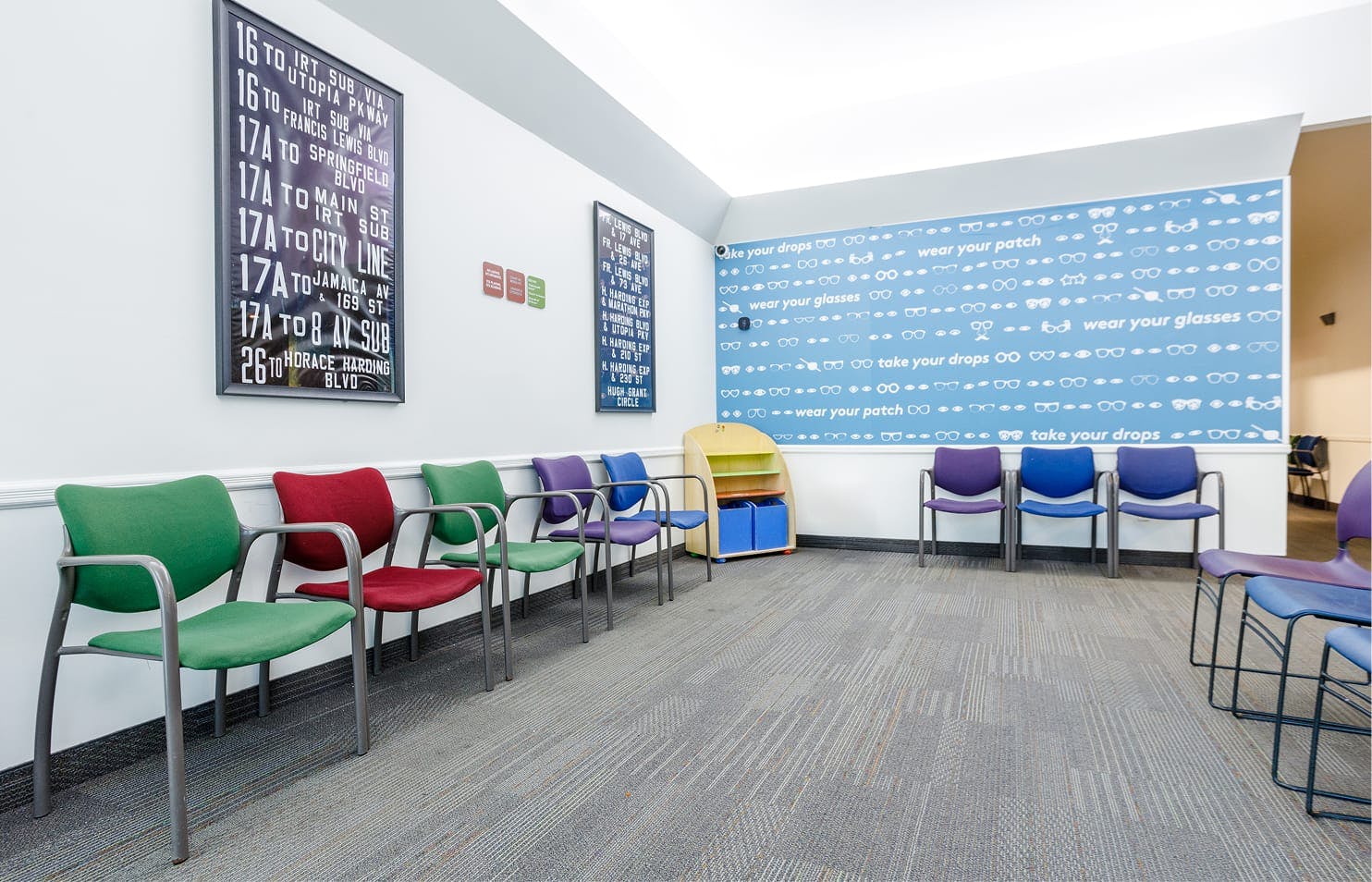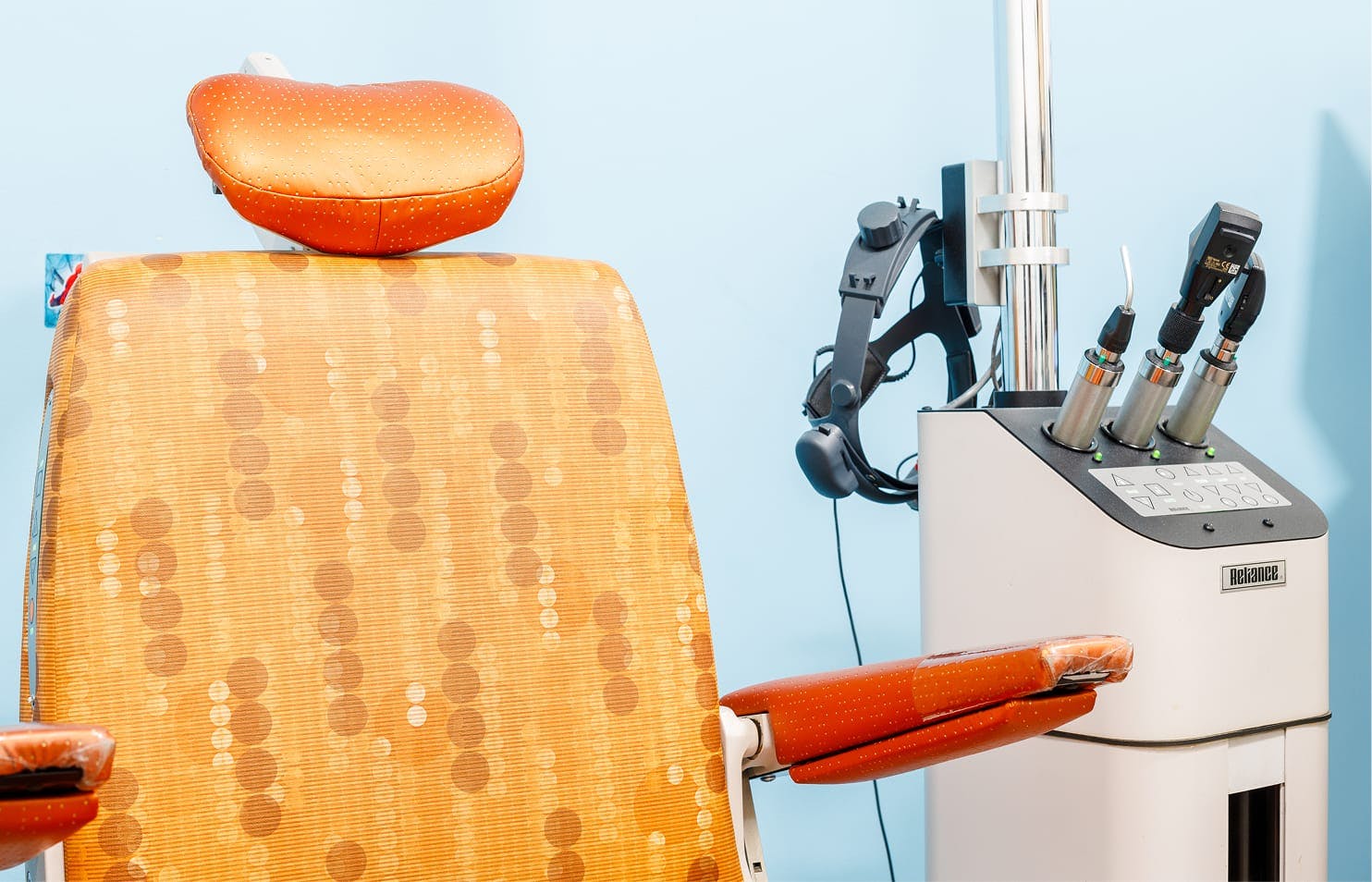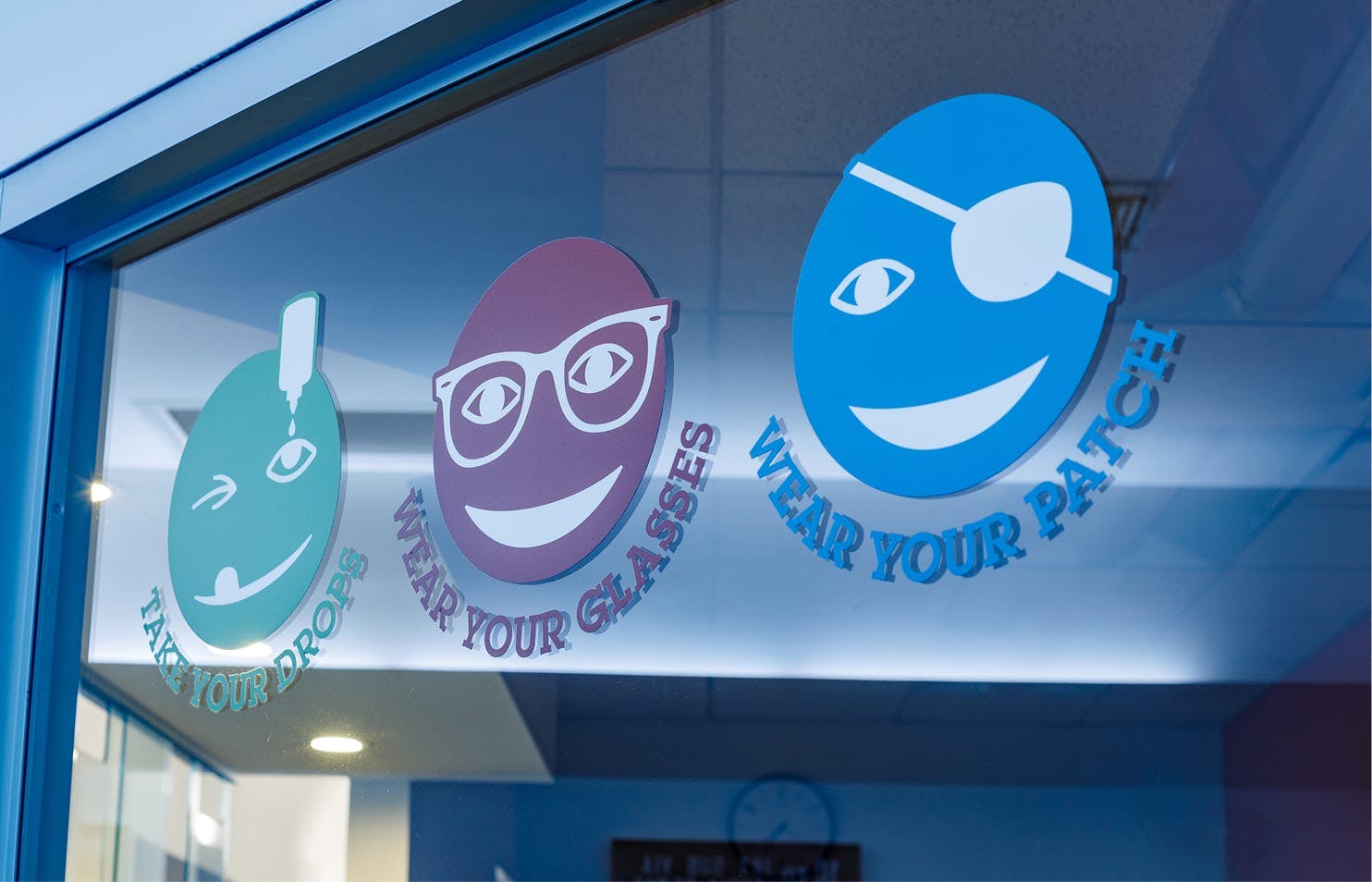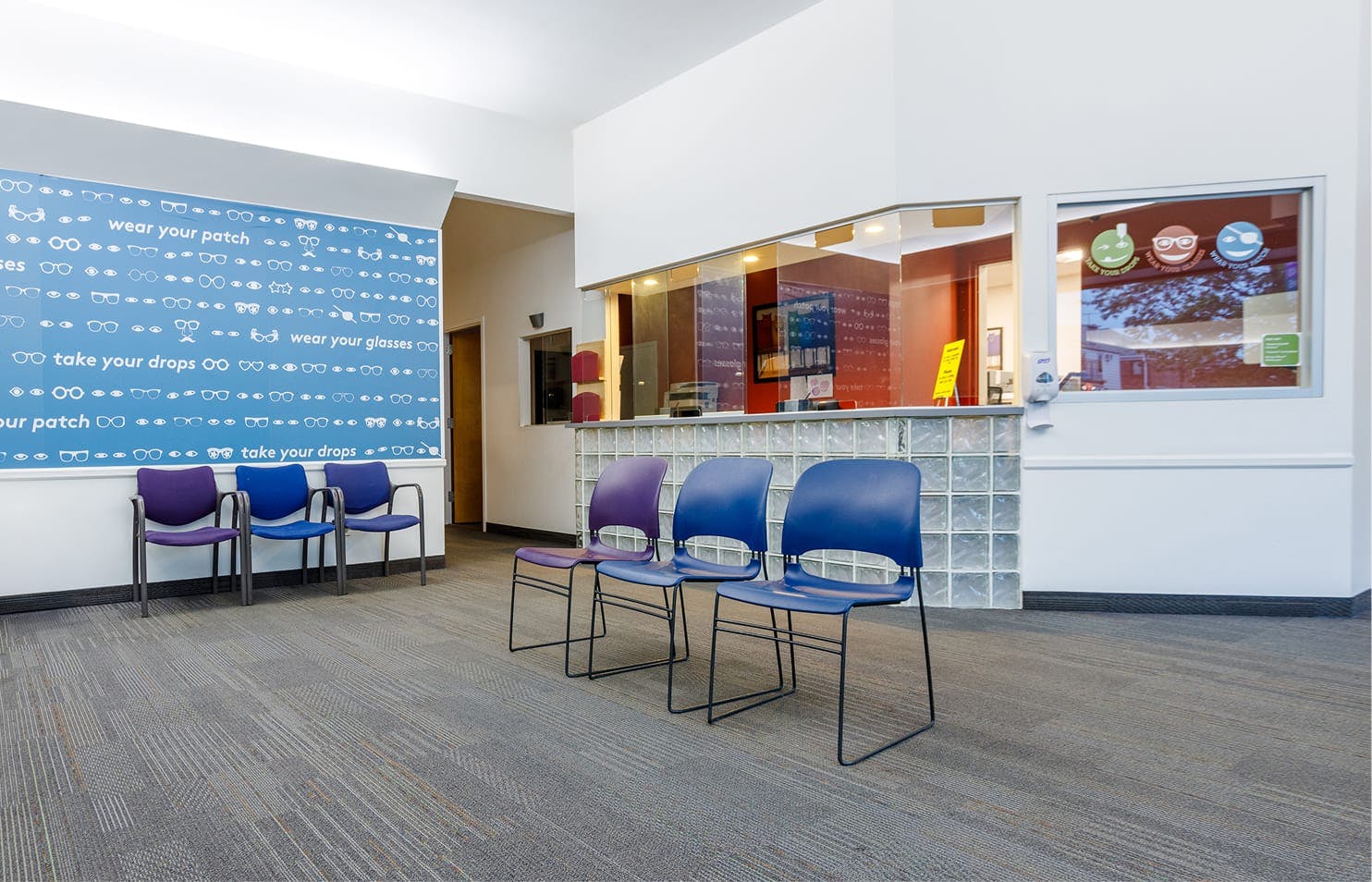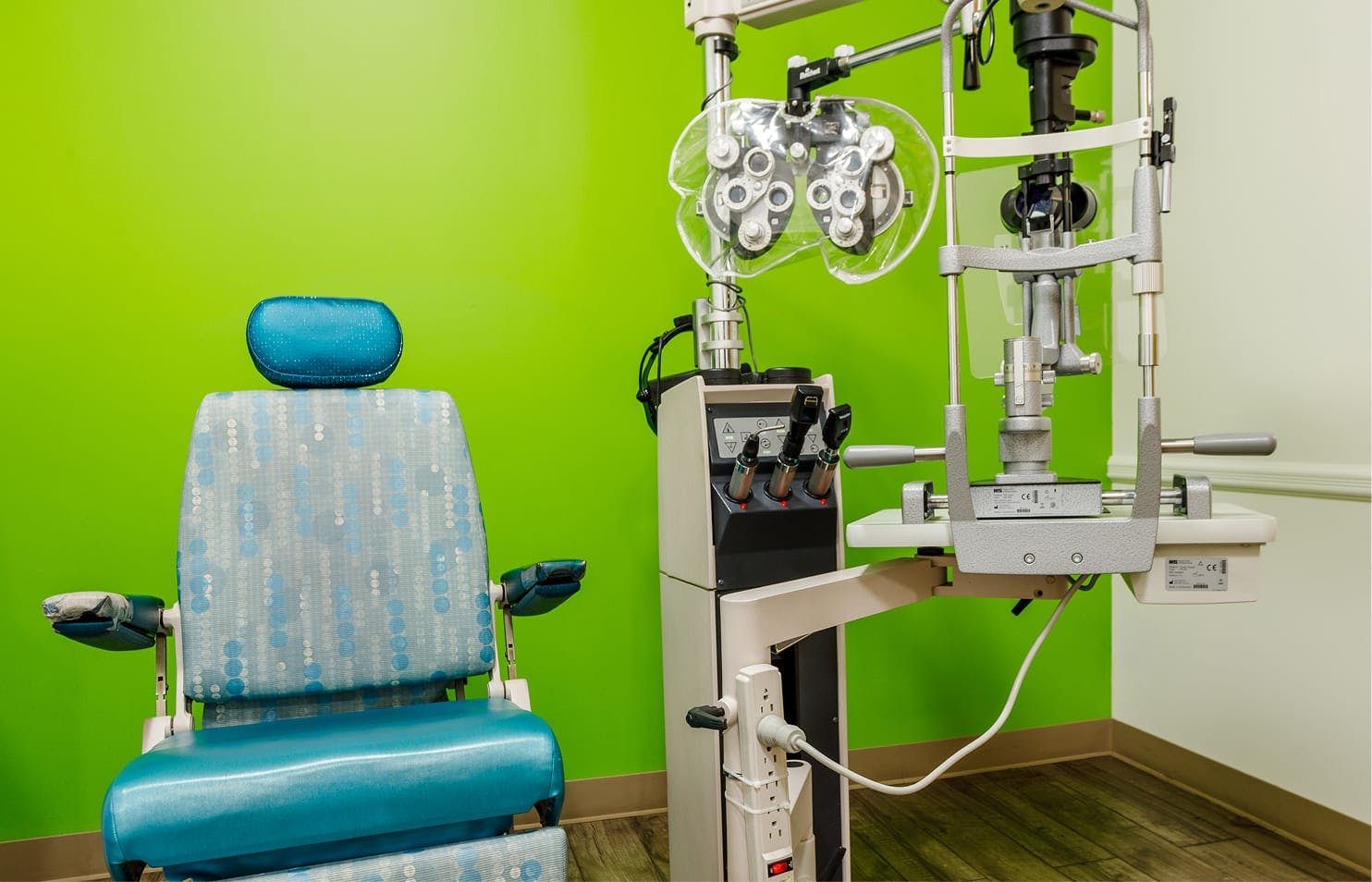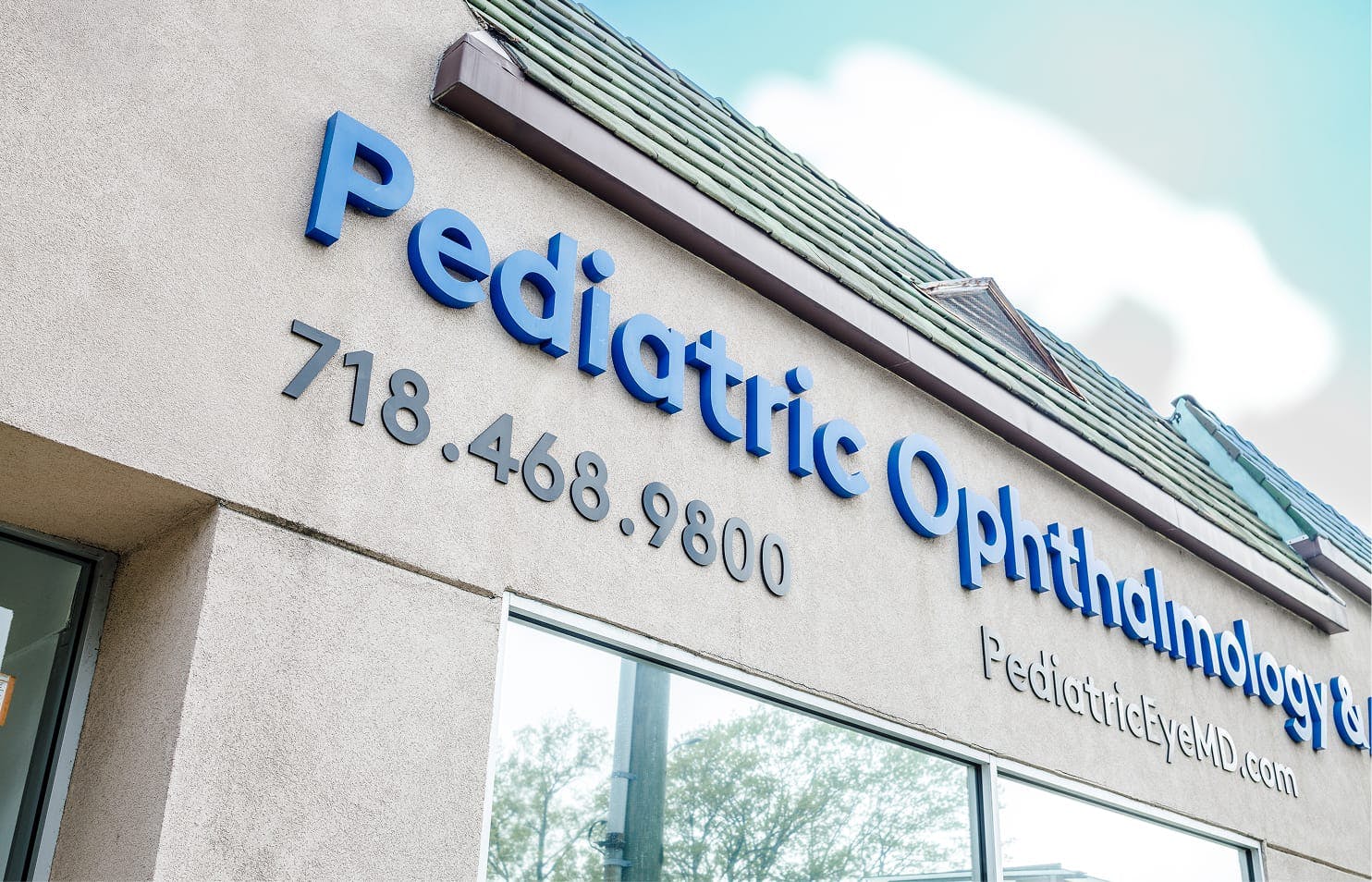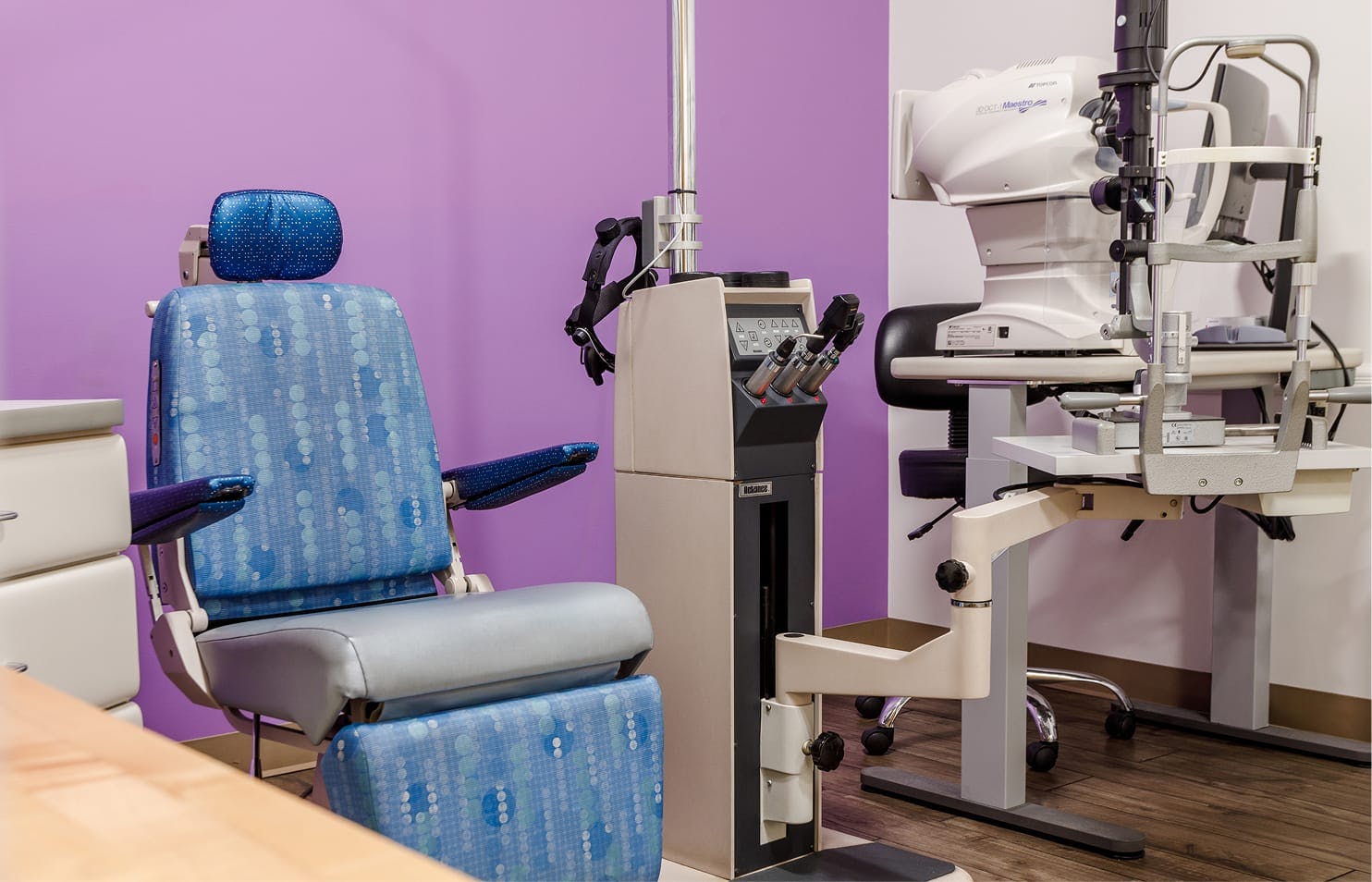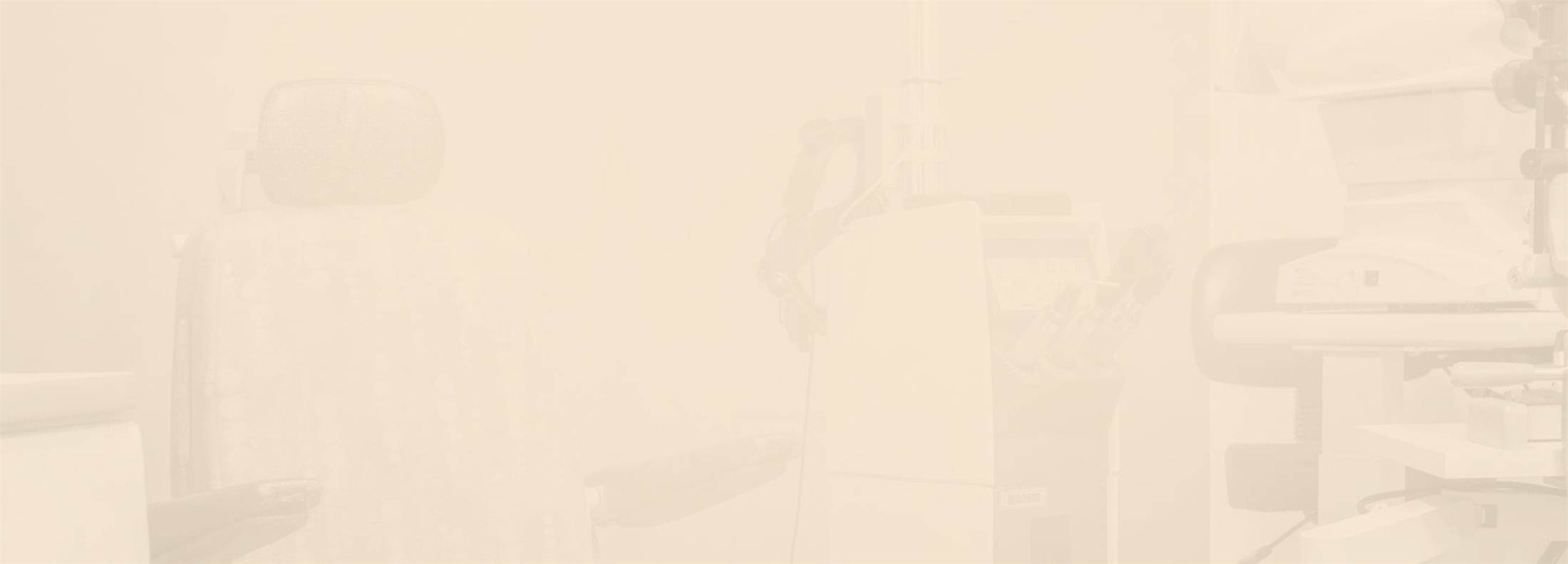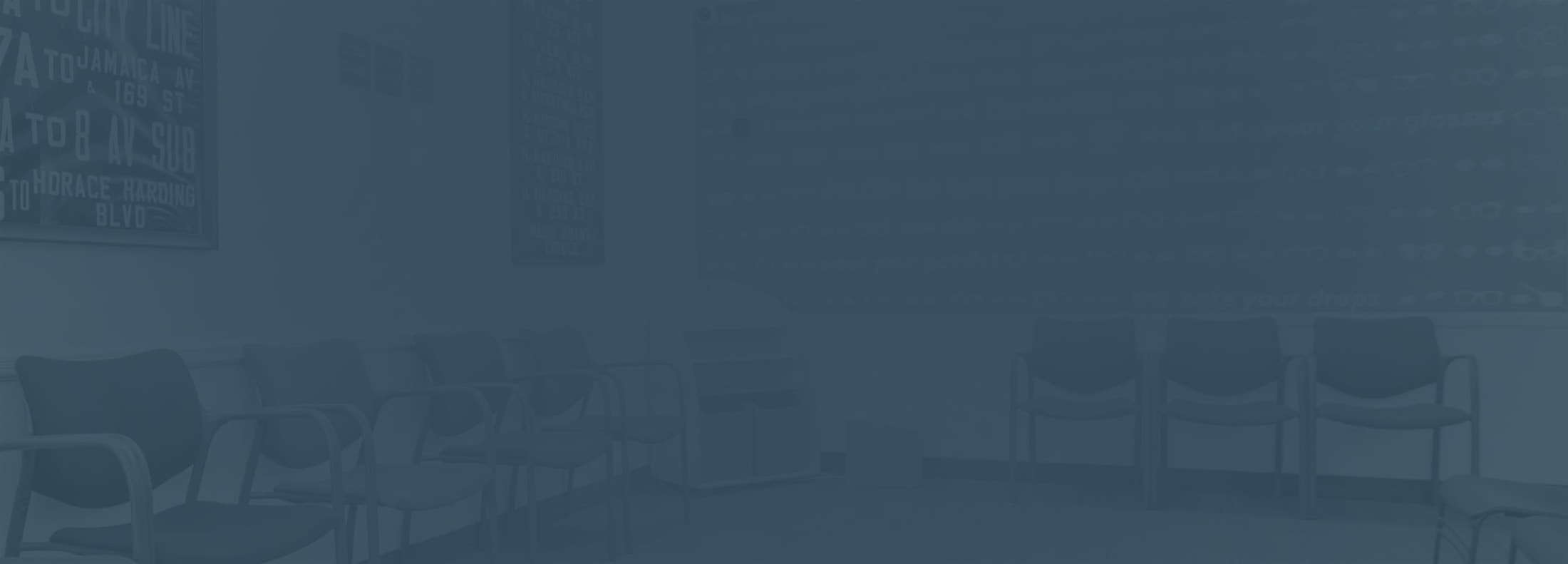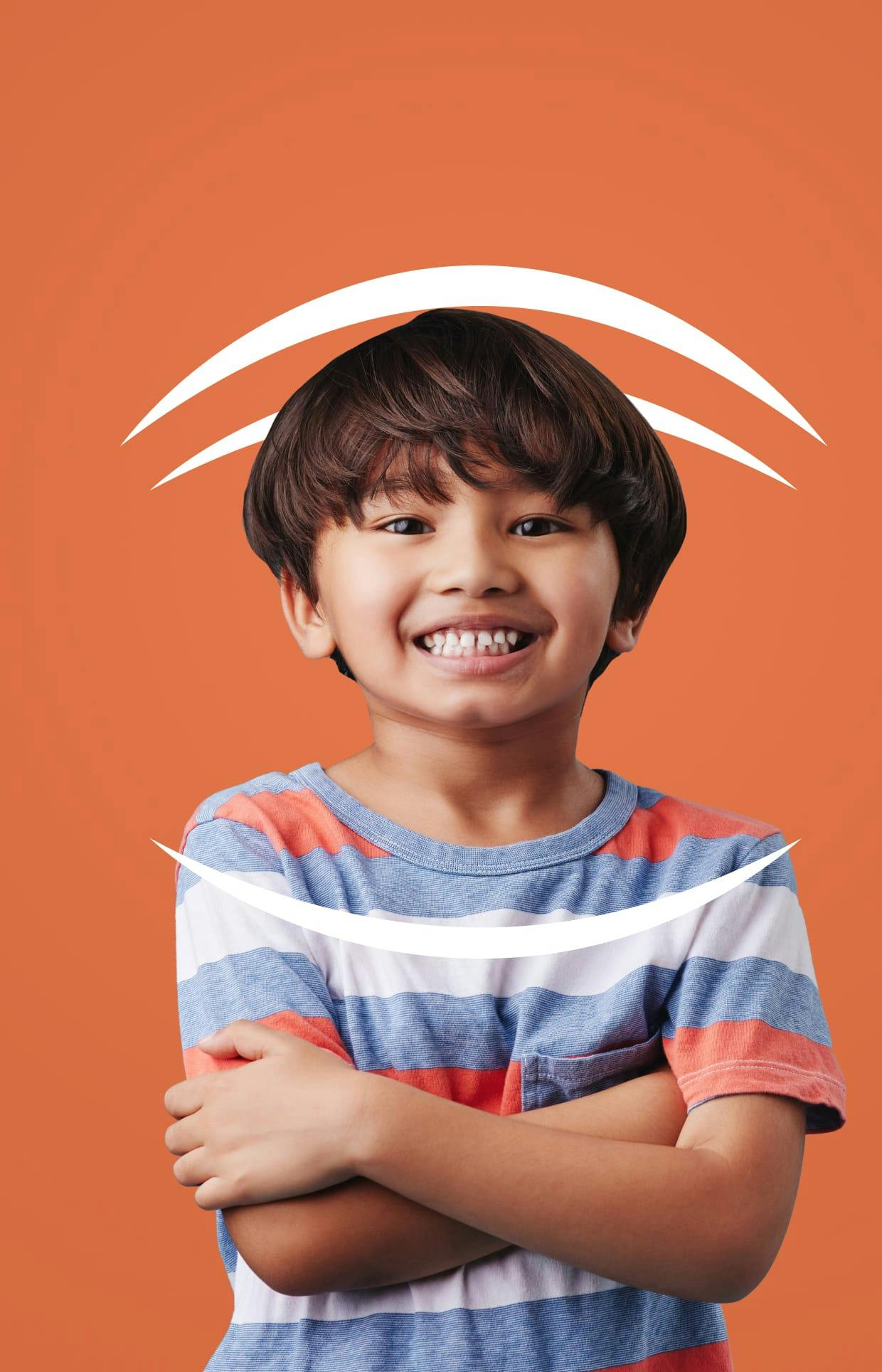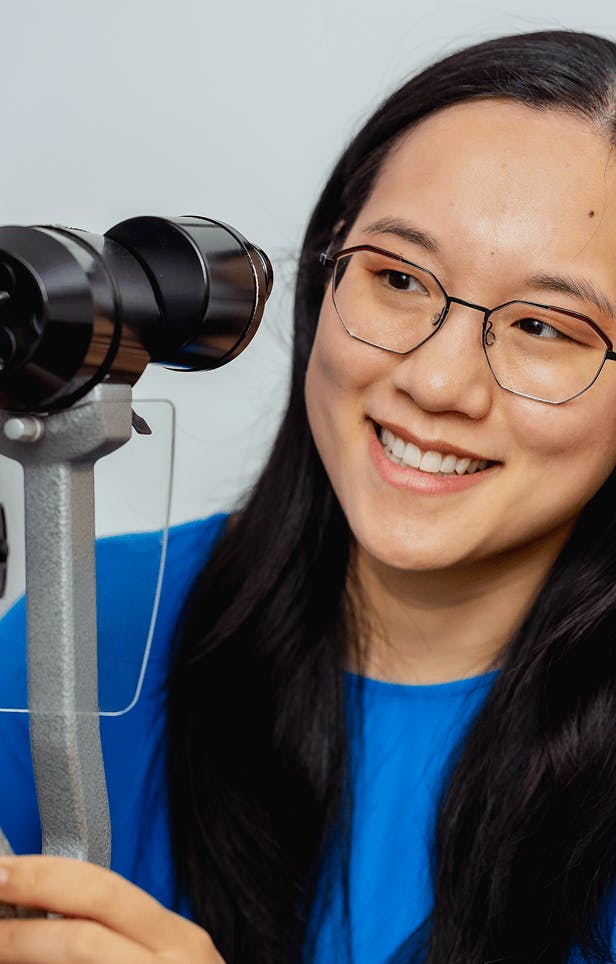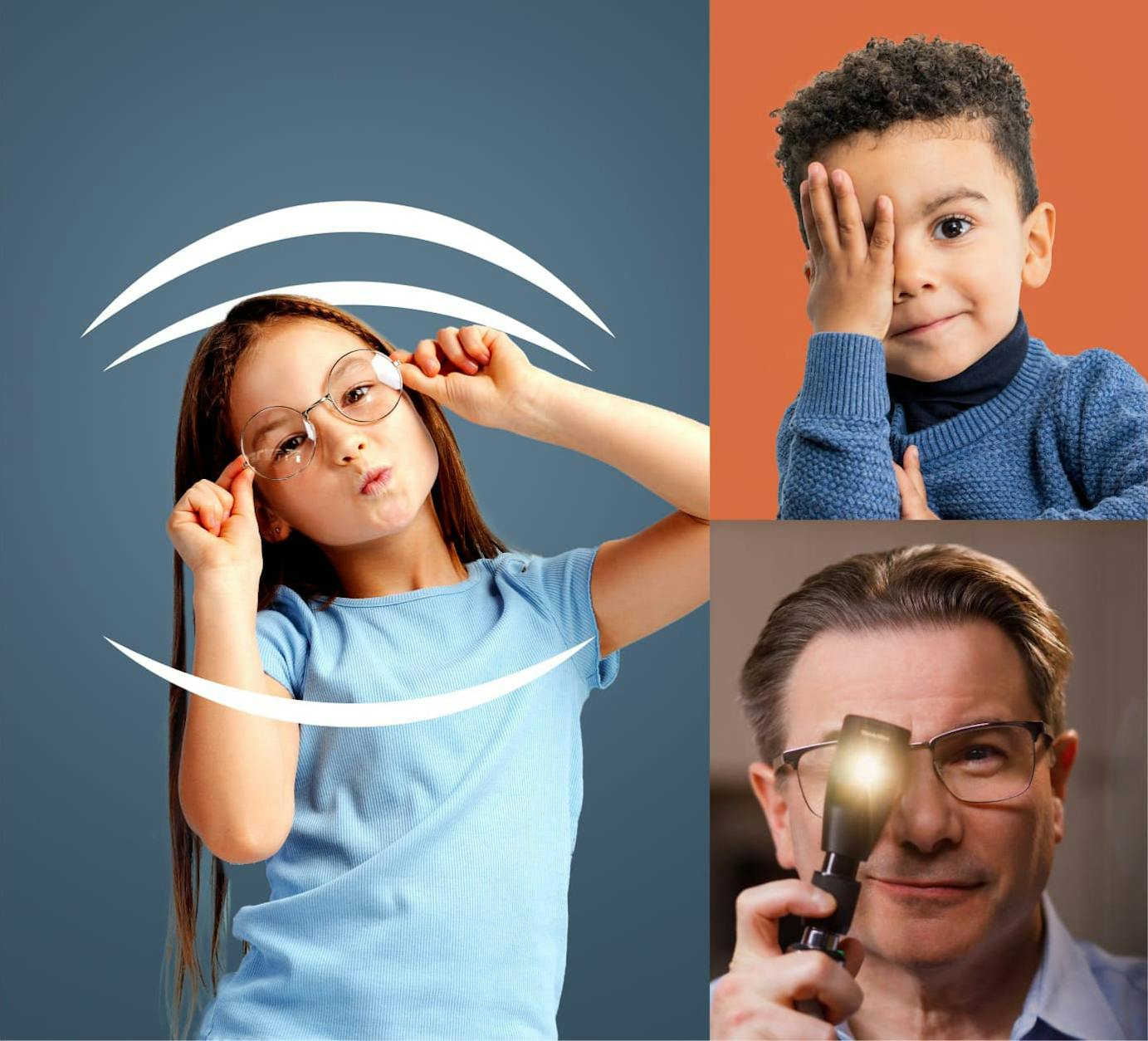When the cornea and lens work together to focus a crisp image on the retina, vision is clear. If the image is blurry, prescription glasses can help. At The Pediatric Eye Center, we regularly prescribe glasses for kids of all ages.
What Is Myopia?
Myopia, often called “nearsightedness,” occurs when far-away objects appear blurry, but near or close images remain clear. This happens when the eye’s focusing system, the cornea and lens, directs light from distant objects in front of the retina instead of on it.
The only way to bring those distant images into sharp focus is with glasses or contact lenses, which shift the focal point onto the retina. Without correction, people with myopia can still see nearby objects, and the distance they can see depends on how severe the myopia is.



